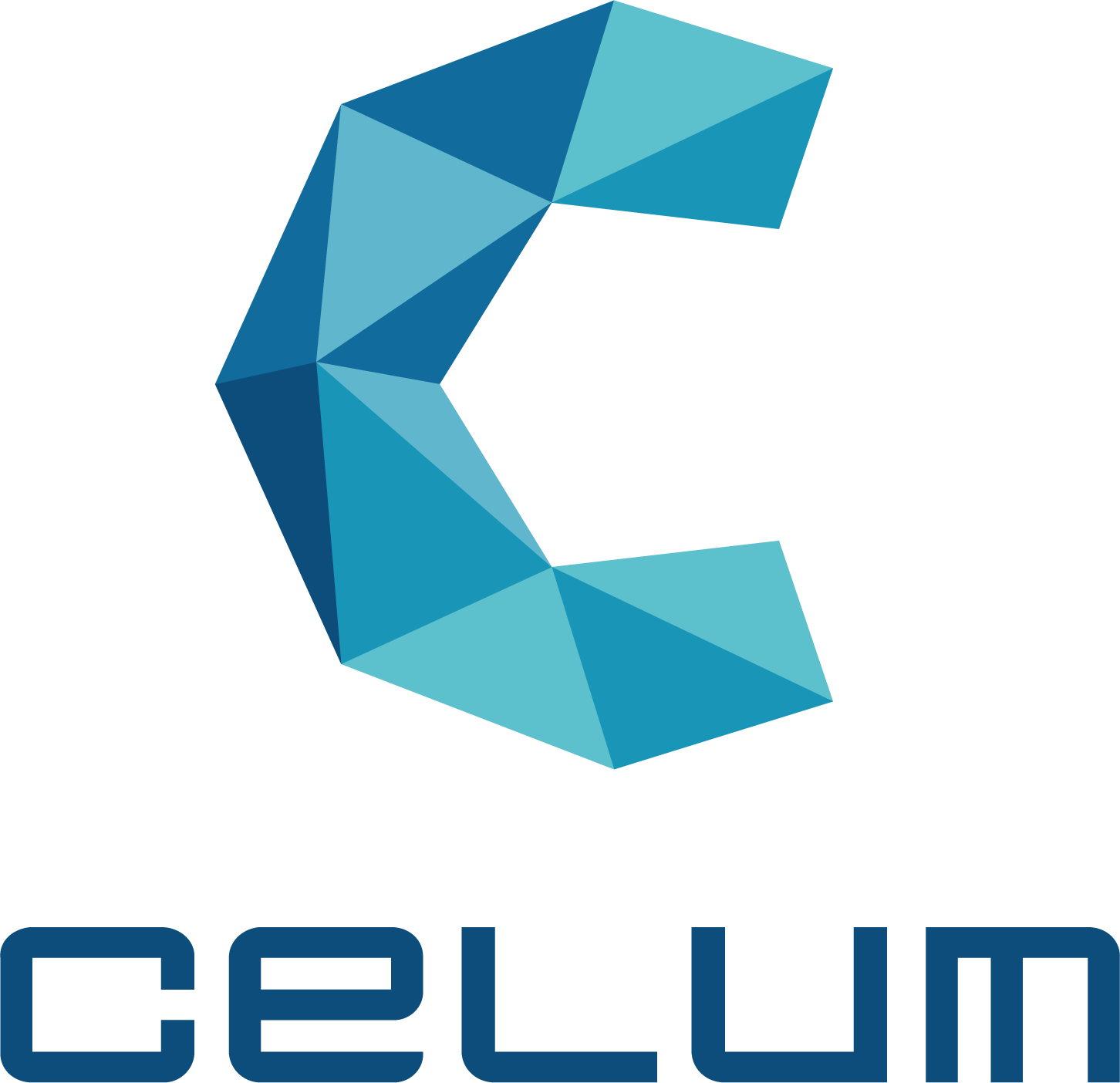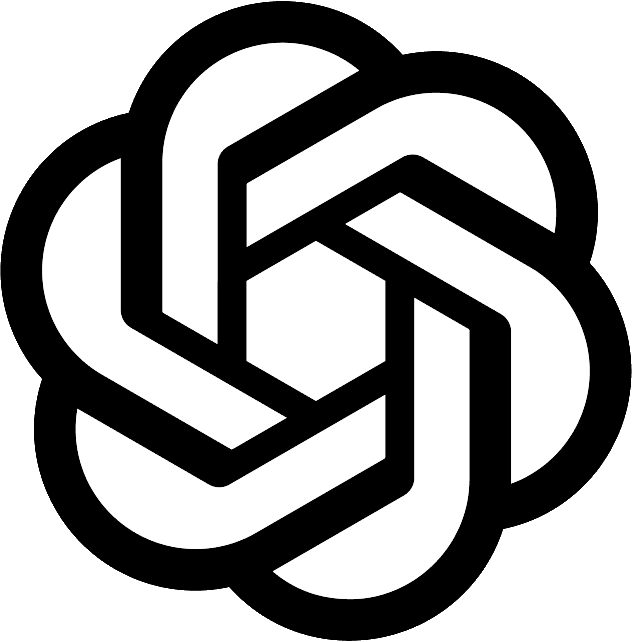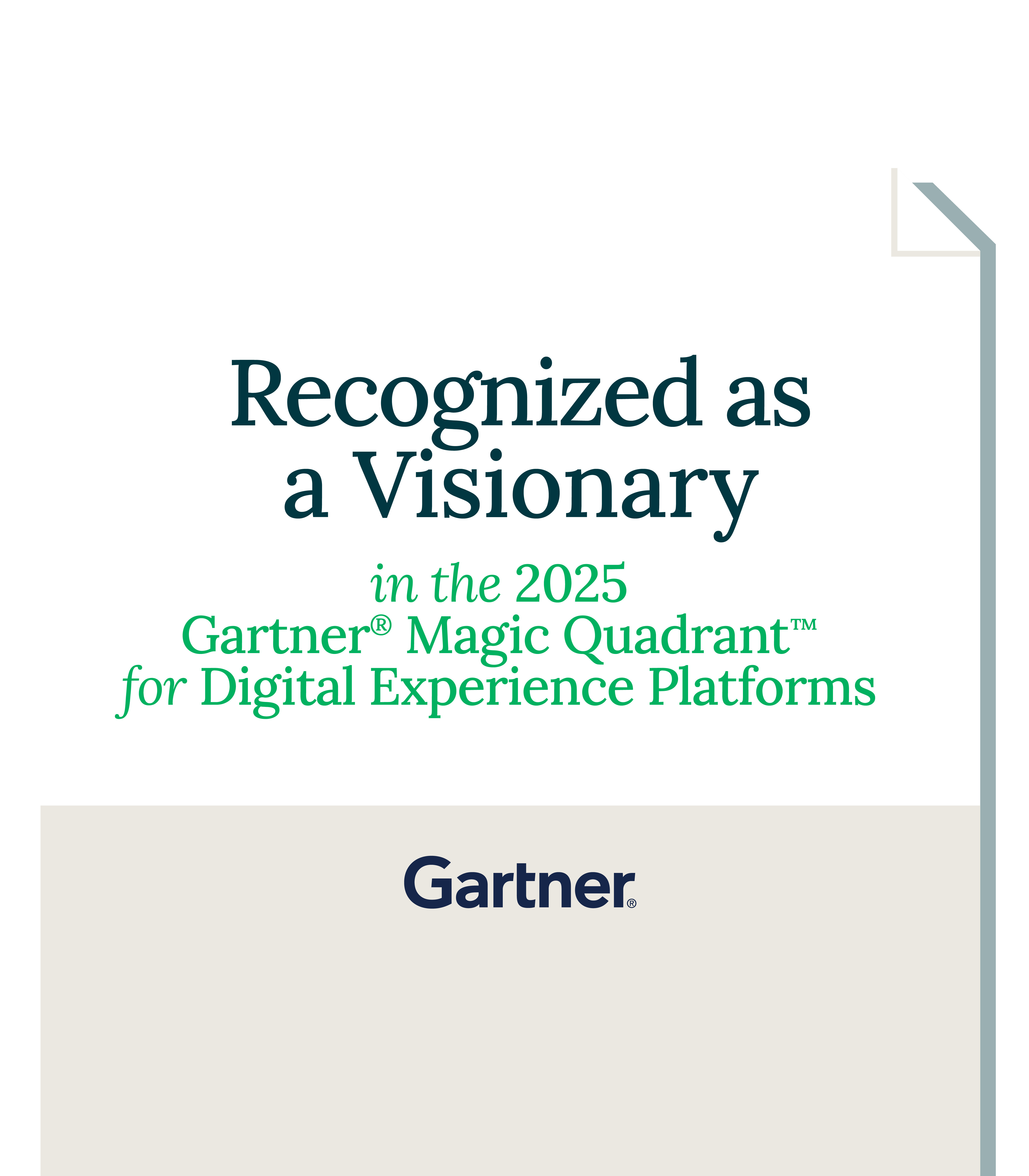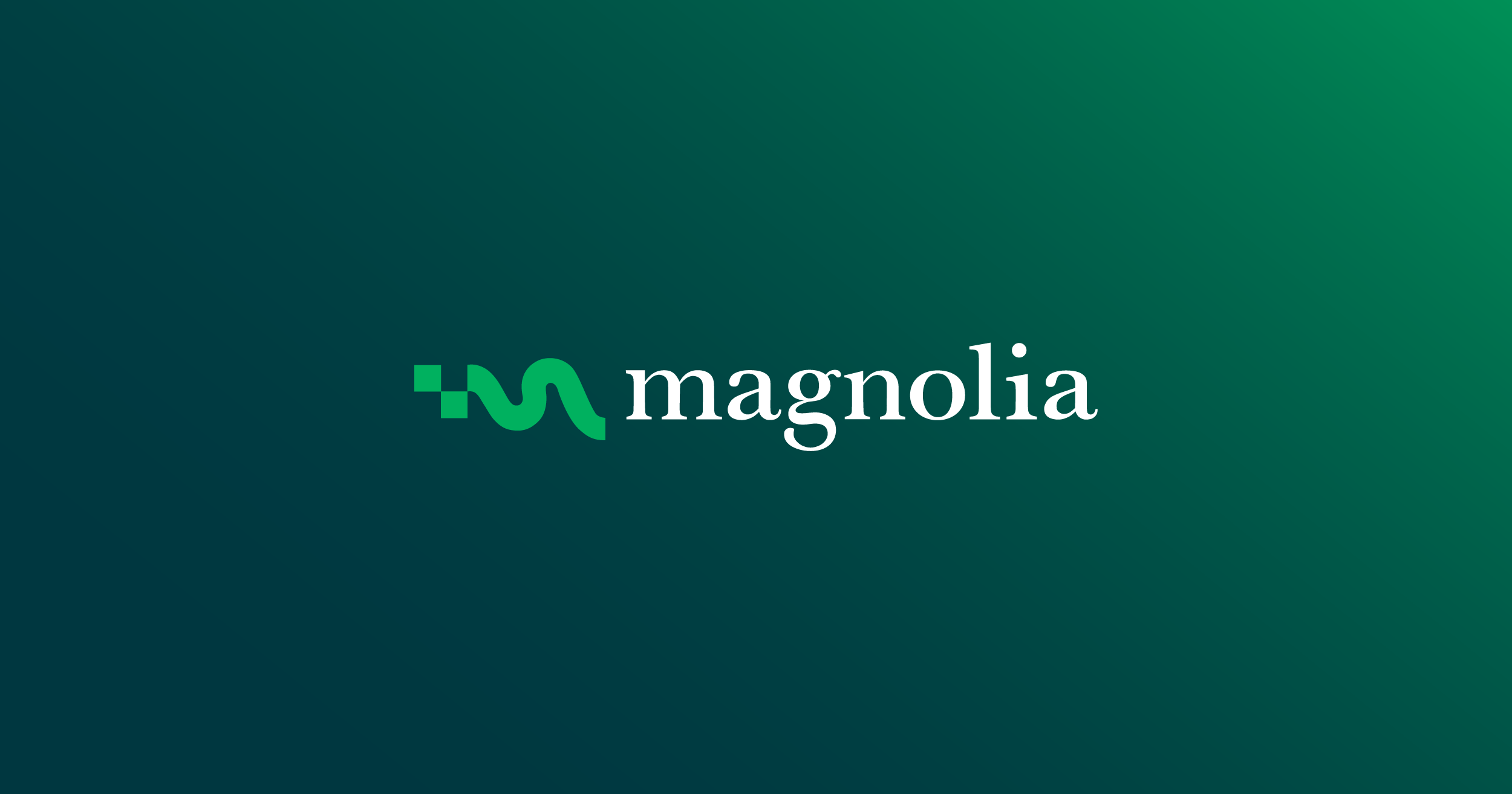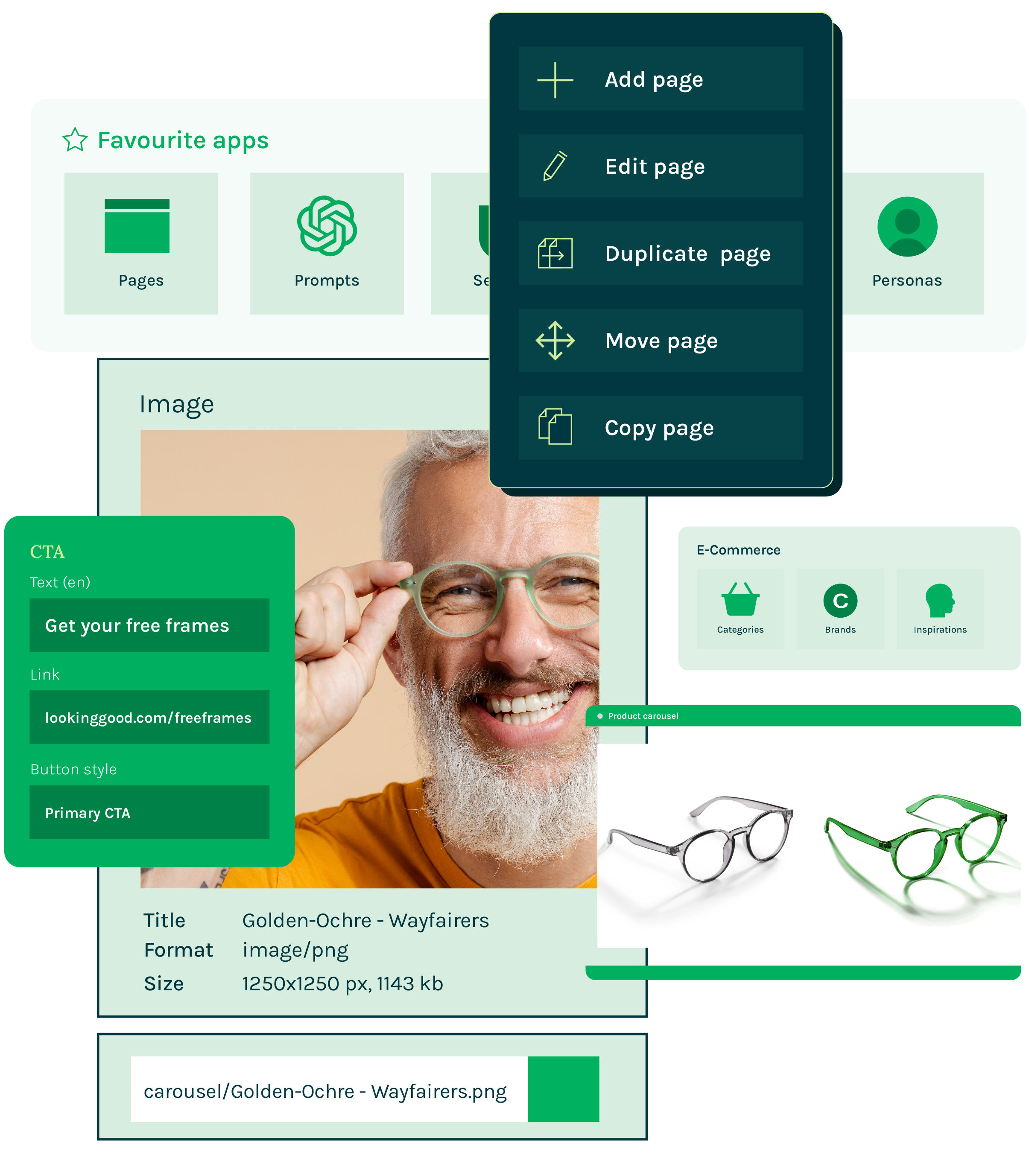Benefits of Magnolia DAM solutions
Global search
Retrieve digital assets from the internal DAM, an integrated external DAM, or both using the powerful, AI-driven search feature. Make Magnolia the central hub for content, digital assets, and other relevant data for content marketing teams.
Auto-tagging images
New image assets are automatically tagged for key subjects using innovative Image recognition fueled by AI-driven algorithms. For more advanced image recognition, easily configure Magnolia to use Amazon Rekognition. Ensure your marketing teams can find images when they need them.
Image editor
Use the built-in image editor to fulfill the everyday needs of marketers when it comes to light image processing. Marketers can quickly edit photos without needing to switch to another system. There’s also no need to upload multiple versions of an image for different frontend use cases.
Connector Pack
If you don’t want to migrate your digital assets to Magnolia, leave them where they are. The pre-built DAM Connector Pack lets you integrate with any external DAM system. If a pre-built connection isn’t available, simply integrate with the external DAM of your choice using Magnolia’s robust set of REST APIs.
Chain DAM systems
Don’t limit yourself to a full migration of assets, or forgoing the powerful built-in Magnolia DAM. Instead, use multiple DAM systems at once to fulfill specific business requirements. Once configured and integrated, marketers can search for digital assets across all DAM solutions through one Magnolia interface as if everything was stored in a single system.
Customer experience
Bring together content and audiovisual digital assets to form more compelling digital experiences. With Magnolia, it’s easy to deploy digital assets to improve the customer experience and drive real business results.

Digital Asset Management (DAM) Integrations
Integrate an external DAM with just a few lines of configuration and make assets available directly within Magnolia.
Headless asset management in Magnolia
Headless asset management is a modern approach to handling digital assets. In this context, "headless" refers to separating the backend asset management functionalities from the frontend user interfaces. Traditional asset management systems often tightly couple the management and delivery of assets, making it challenging to leverage assets across various channels and touchpoints.
Magnolia CMS recognizes the importance of headless asset management and offers native capabilities in this area. While Magnolia is primarily a content management system, it can also function as a headless asset management system, allowing for the storage and management of digital assets.
It also seamlessly integrates with external headless digital asset management systems like Cloudinary.
By integrating with a best-of-breed DAM system, Magnolia empowers editors and content creators to access and utilize images, videos, and other media assets directly within the Magnolia user interface. This integration streamlines the content creation process, as editors can conveniently embed assets from the external DAM into pages and other experiences they build using Magnolia.

DAM features built with content creators in mind
Get the most out of your expensive digital assets by making them highly available. Use the Find Bar to search for relevant digital assets, then select them for use on various frontend apps or Magnolia stories. Audiovisuals are a powerful way to make content more compelling.

Enterprise-grade Digital Asset Management
DAM capabilities will let your organization prevent data silos. Hidden or lost digital assets are an enormous burden on the budget of marketing teams, but it doesn’t have to be that way. Magnolia’s AI-powered tagging, metadata, and search capabilities ensure digital assets are highly available when marketers need them without additional work.
FAQs
What is DAM vs CMS?
DAM, also known as digital asset management, and CMS, which stands for content management system, are two distinct concepts in digital content management.
DAM is a single source of truth for an organization's digital assets. It is a central repository where assets like images, visuals, audio, and more are stored and organized. DAM is a robust system designed to handle and optimize the management of digital assets.
On the other hand, CMS is a powerful software platform primarily used for content creation, publication, and management on your website, mobile app, etc. It allows multiple users to collaborate seamlessly on various content-related tasks in an organization. With a CMS, organizations can create and edit content, maintain version control, and manage workflows.
How does CMS and DAM work together?
The following explains how CMS and DAM work together.
- Centralized asset repository: DAM is a centralized location for storing digital media files or assets. CMS can integrate with DAM to access these assets, making it easier for content creators to find and utilize them within the CMS platform.
- Metadata and tagging: DAM possesses metadata management abilities that allow users to add descriptive tags to assets. This can improve search capability and discovery within the CMS interface.
- Version control and collaboration: DAM systems often include version control features to manage asset versions which allows users to track different versions of digital media files including the entire content lifecycle. CMS can benefit from this functionality, ensuring that the latest and approved versions of assets are utilized in the content creation process.
- Workflow and approval processes: DAM systems offer asset workflows and approval processes that enable collaborative asset creation and ensure proper reviews before publishing. CMS platforms can integrate with these DAM workflows, facilitating seamless content approval and publishing processes.
What is the difference between headless CMS and DAM?
Headless CMS focuses on content management and delivery, while DAM focuses on organizing and managing digital assets such as images, videos, and documents.
Is DAM part of CMS?
Yes, DAM is an essential component of many CMS platforms. It provides a centralized system for organizing, storing, and managing digital assets such as images, videos, documents, etc.
What are the different types of CMS?
The three different types of CMS are:
- Traditional CMS: Traditional CMS platforms are typically designed for content management and publishing purposes. They provide a user-friendly interface for creating, editing, and organizing content.
- Headless CMS: Headless CMS separates content management capabilities from the presentation layer. It allows content to be stored and managed separately from the frontend, enabling greater flexibility in delivering content to various digital channels and devices.
- Hybrid CMS: Hybrid CMS combines the features of traditional and headless CMS. It offers both content management and delivery capabilities, providing flexibility for organizations to manage content and deliver it through multiple channels, including websites, mobile apps, and IoT devices.





